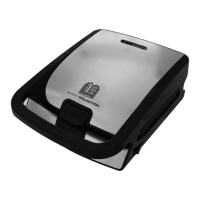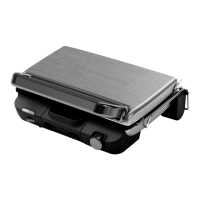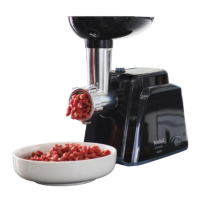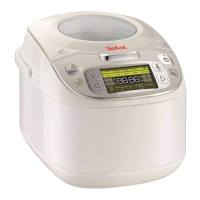15
• Long-life sterilised milk: UHT whole milk results in firmer yogurt. Using
UHT semi-skimmed milk will result in less firm yogurt. However, you can
use semi-skimmed milk and dissolve 2 - 5 tablespoons of dried skimmed
milk powder per 1 litre of milk to obtain a firmer consistency.
• Pasteurised milk: pasteurised whole milk gives a more creamy yogurt
with a little bit of skin on the top. Yogurt made with pasteurised semi-
skimmed or skimmed milk will result in a runny texture. As this type of
milk still contains some heat-resistant germs which are not eliminated by
pasteurisation, the milk must be boiled first, cooled to hand-hot (36°C)
and then strained through a fine sieve to remove any skin before used
for yogurt making. Before the milk is boiled add 2 to 5 tablespoon dried
skimmed powdered milk per 1 litre of milk to obtain a firmer consistency.
• Untreated raw milk (farm milk): It is imperative that this type of milk
is boiled for a fairly long time and it is dangerous not to do. After
boiling let it cool down to 36°C before using for yogurt making. Using
yogurt as a culture starter is not recommended with raw milk.
• Powdered milk: using skimmed milk powder reconstituted with water
will result in very creamy yogurt. Follow the manufacturer’s instructions
on how to reconstitute into liquid milk.
Choose a whole milk, preferably long-life UHT.
Raw (farm milk) or pasteurised milk must be boiled then cooled and
needs the skin removing.
The ferment
This is made from one of the following:
• One individual pot (100 - 150 g) shop-bought natural yogurt with the
longest expiry date possible; your yogurt will then contain more active
ferment for a firmer yogurt.
• From a freeze-dried ferment. In this case, follow the activation time
specified on the ferment instructions. You can find these ferments (For
the UK: Freeze dried ferment is only available online and in some health
food shops.)
• From one of your recently prepared yogurts – this must be a natural
yogurt and recently prepared. This is called culturing. After five culturing
processes, the yogurt used loses active ferments and therefore risks
giving a less firm consistency. You then need to start again using a
shopbought yogurt or freeze-dried ferment.
If you have boiled the milk, wait until it has cooled to room temperature
before adding the ferment.
Too high a heat may destroy the properties of your ferment.
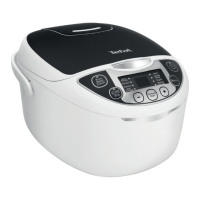
